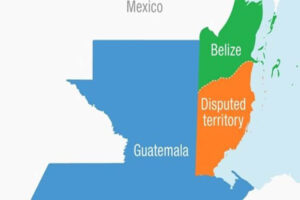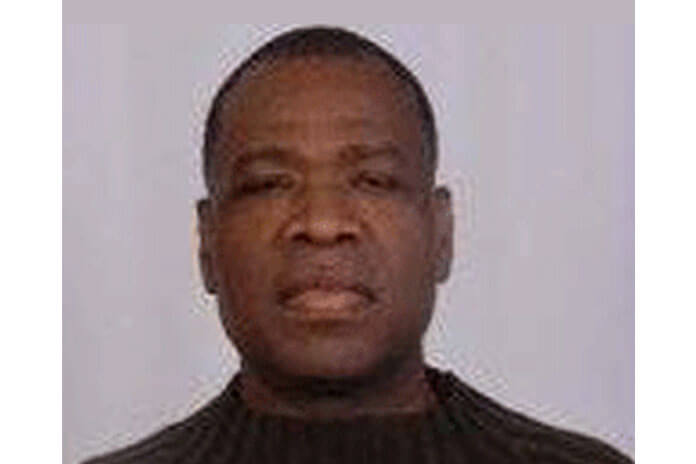I hereby undertake to issue a response to an article by Paul. M. Morgan titled, “What is Guatemala Claiming?” that was published in your newspaper dated Wednesday, June 9, 2021. The International Court of Justice (ICJ) announced a few years ago, that Guatemala and Belize have asked the court to resolve their territorial dispute according to their special agreement. The territorial dispute arose because Guatemala never accepted the borders of Belize and continues to claim about 11,000 square km (4,250 square miles) of Belize —about half of its territory.

Under their special agreement, Guatemala and Belize have to accept the court’s decision on “any and all legal claims of Guatemala against Belize to land and insular territories.”
The court’s decision shall be final and binding. Within three months of the date of the court’s decision, Guatemala and Belize will agree on the composition and terms of reference of a bi-national commission to implement the court’s decision. In looking at this map, if the International Court of Justice rules in favor of Guatemala, they will get the districts of Cayo, Stann Creek, Toledo and parts of the Belize and Orange Walk Districts. Only the Corozal District and parts of the Orange Walk and Belize Districts will remain as Belize. This is almost half the size of Belize’s mainland. The Maritime Areas of Belize will also be part of their claim, which shall include many cayes.
Then, all the citizens of Belize who live in the areas granted to Guatemala, will have to decide if they want to become Guatemalan citizens, move into the areas that are left as Belize, or exercise their rights to Self-Determination as a people to be independent of Guatemala and Belize and form a new country. This is a fundamental right that the Garifuna and the Maya people have as indigenous citizens, because they lived in the region and area, centuries before Spain and Britain colonized their territories of Guatemala and Belize and before they both became independent nations. All the other citizens of Belize will be entitled to exercise this right as well.
This is one of the main reasons that it is important for the Belize Government, to pass legislation to give the Maya and the Garifuna people their rights to their lands to prepare our country for what is a possible outcome of this case. Guatemala is basing their claim to Belize on the concept of Uti Possidetis. This is a principle in International Law that territory and other property remains with its possessor at the end of a conflict, unless otherwise provided for by treaty. Guatemala did sign the 1859 treaty with Great Britain, ceding part of their territory to the British.
Spain and Guatemala have never effectively occupied Belize. Effective Occupation is also another principle in International Law that is used to prove title to territory which Belize citizens possess. Spain had acquired Belize and Guatemala in the Treaty of Tordesillas which was signed on June 7th 1494 between Spain and Portugal. However, Spain acquired all their territories in the Western Hemisphere unlawfully, and that Treaty should be voided. As was said before, the Garifuna and Maya people had been residing in this region centuries before.
In looking at Guatemala’s human rights record and the way they have been treating the Maya people for centuries, it is highly unlikely that the Maya people in Belize will agree to be governed by Guatemala. They have been fleeing Guatemala for centuries, and live in peace and harmony in Belize. This is why the southern districts of Toledo and Stann Creek have about sixty new villages with Maya citizens since the 1980’s.
Guatemala does not have a large Garifuna population, and most of them live in the east coast village of Labuga (Livingston). Garifuna people have also experienced racism when they interact with some of the citizens in Guatemala. Over the years, when Guatemala would have their military coups, their government would declare Martial Law and many Garifuna people fled Guatemala to come and live with their relatives in Belize. Some of them refused to go back to Guatemala because of fear that the Guatemalan military would pick them up off the streets and forcefully enlist them into the Guatemalan Armed Services. I know of Guatemala’s history, because my maternal grandmother was born in Labuga, Guatemala. Many Belizeans have relatives in Guatemala, and they are aware of what has and continues to take place in that country.
If you look at the human rights record of Guatemala and the way they have treated and continue to treat their native citizens, you will see that it is one of the worst human rights records in Latin America. Guatemala is a huge country with a lot of land to give their citizens, but even though the lands belong to the native people, they have been denying them their rights to their lands since Spain colonized this country in the 1600’s.
If the International Court of Justice (ICJ) grants any part of Belize to Guatemala which they never owned and do not deserve, it will be an endorsement of Guatemala’s human rights violations and will serve as authorization for them to continue killing their Maya citizens; denying them of their lands, basic human rights, liberty, and justice; and forcing them to keep migrating into Belize, Mexico and the United States indefinitely.

